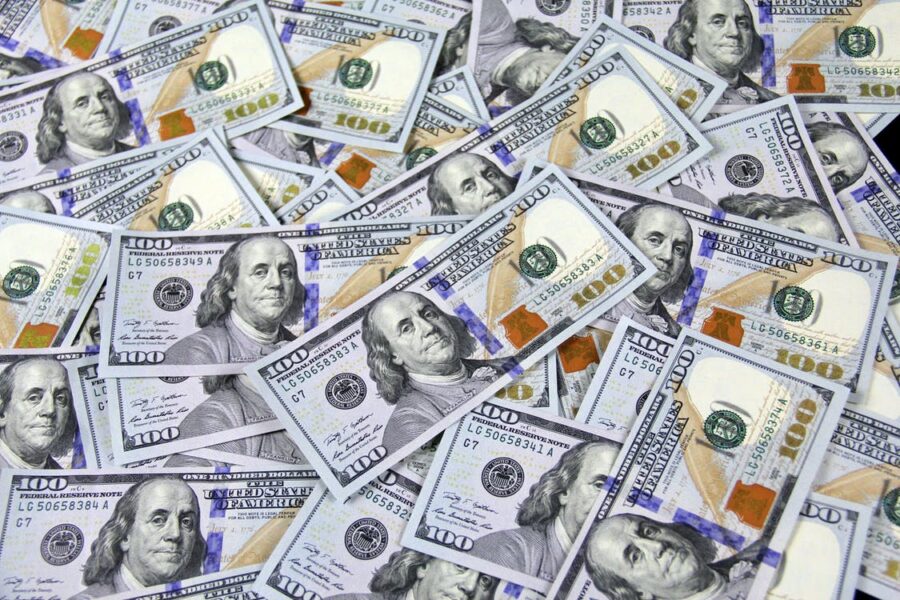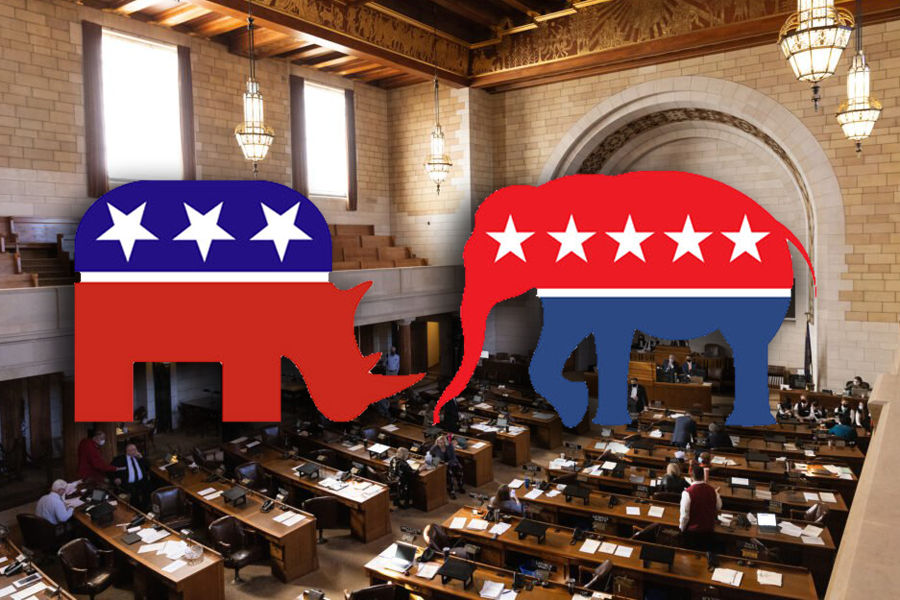John Steele Gordon
(editors note) Nebraska residents are understandably concerned about the effects of inflation in the Cornhusker State. Fertilizer, which is essential to the good health of Nebraska’ farm economy, is only one example of the problems inflation is causing for those who work in agriculture. The following article from Hillsdale College’s Imprimus gives a good general explanation of inflation. Readers can then extrapolate to specific situations in the Cornhusker State.
The following is adapted from a lecture delivered on January 6, 2022, at Hillsdale College’s Allan P. Kirby, Jr. Center for Constitutional Studies and Citizenship in Washington, D.C., as part of the AWC Family Foundation Lecture Series.
Money is just another commodity, no different from petroleum, pork bellies, or pig iron. So money, like all commodities, can rise and fall in price, depending on supply and demand. But because money is, by definition, the one commodity that is universally accepted in exchange for every other commodity, we have a special term for a fall in the price of money: we call it inflation. As the price of money falls, the price of every other commodity must go up.
And what causes the price of money to fall? The answer is very simple: an increase in the supply of money relative to other goods and services. As the Nobel Prize-winning economist Milton Friedman explained, “Inflation is always and everywhere a monetary phenomenon in the sense that it is and can be produced only by a more rapid increase in the quantity of money than in output.”
Inflation has been around almost as long as money itself. In the disastrous third century, inflation wracked the Roman Empire as emperors, unable to pay the bills, increasingly debased the coinage. The once proud silver denarius became a copper coin only thinly plated in silver. Roman merchants demanded more and more denarii in exchange for goods as the coin’s intrinsic value declined.
Only when the Emperor Diocletian, who ruled from 284 to 305 A.D. and was one of the great men of late antiquity, reformed the taxation and coinage systems, did a degree of economic stability return to the Roman world.
In the sixteenth century, as the gold and silver pouring into Spain from the New World caused a rapid rise in the European money supply relative to the production of goods and services, prices rose about 400 percent over the course of the century.
There was no inflation in the American colonies for the simple reason that the money supply was only a hodgepodge of foreign coins (most commonly the Spanish dollar), tobacco warehouse certificates, beaver and deer skins, wampum, and paper money printed by the colonial governments. Much trade was conducted on a barter basis.
But when the American Revolution began, both the new state governments and the Continental Congress had to find ways to finance it. Having limited ability to borrow and to lay taxes, they quickly began printing money.
As “fiat money”—money that is money only because the government says it is money—always does, the so-called “continentals” depreciated rapidly in value, becoming essentially worthless by the end of the Revolution. The phrase “not worth a continental” became part of the American lexicon for more than a century.
Between 1775 and 1779, the Continental Congress issued no less than $225 million in continentals, a huge sum relative to the size of the American economy. Prices doubled in 1776 and doubled again in both 1777 and 1778. By 1781, prices were up 80-fold relative to the continental.
In addition to the problem of fiat money, the Continental Army forced farmers to sell their produce at whatever price the requisitioning officers chose to put on it. They were paid in quartermaster and commissary certificates, which also circulated as money at a fraction of their face value.
The need to deal effectively with the massive debts incurred in the Revolution was one of the main drivers of the Constitutional Convention that met in Philadelphia in the summer of 1787. The new Constitution and the monetary and tax systems put in place by Alexander Hamilton, the first Secretary of the Treasury, would keep inflation at bay until the great crisis of the Civil War came 75 years later.
Until the Civil War, paper money was printed by banks and it circulated at a value relative to the perceived soundness of the issuing bank. The United States minted copper and silver coins, but not high-value gold coins until after the California gold strike of 1848. In 1837, it set the price of dollars at $20.66 per troy ounce of gold, putting the country on the gold standard.
***
War is, by far, the most expensive of all government operations. And both the Confederate and United States governments faced unprecedented financial stresses in funding the Civil War. How each of them met the challenge helped determine, in no small degree, the outcome of the war. Read the rest of the article here
Reprinted by permission from Imprimis, a publication of Hillsdale College




